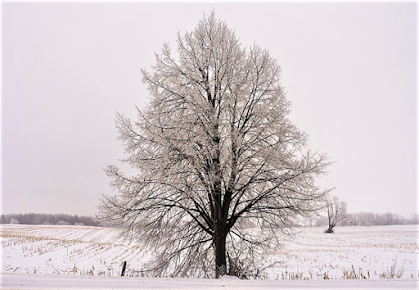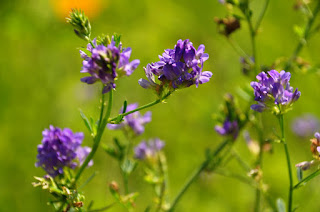Hemlock Woolly Adelgid - Be On The Lookout!
Hemlock woolly adelgid (HWA) is yet another invasive insect that threatens our forests. This time, our eastern hemlock trees (Tsuga canadensis) are the ones in harm’s way.
HWA was first detected in Muskegon and Ottawa Counties in 2015, and while it has only been found in seven counties so far (Muskegon, Oceana, Allegan, Ottawa, Benzie, Mason, and Washtenaw), conservationists are working hard to keep it from spreading to the rest of the state.
HWA is a bug very similar to aphids. They suck out the sap of hemlock trees through the needles, twigs, and branches, which stresses the trees. If a hemlock tree is fed on long enough – especially if it faces other problems, like drought – then the tree will likely die.
While hemlocks are not very common in Shiawassee County, they can still sometimes be found in woodlots or along riverbanks, and hemlocks are widely sold as landscape trees. But despite the likely limited number of hemlocks in Shiawassee County, HWA can be spread by birds, moving firewood, and other means, so our hemlocks could still potentially become infested.
Unlike most invasive insects, HWA becomes active in the fall and remains active until spring, so now is a good time to begin looking for them. The best thing to look out for when determining if your hemlock tree is infested with HWA is white stuff on the needles and branches. The white stuff is a waxy substance the adelgids cover themselves in for protection and is often seen on the underside of the needles.
The good news is that, if caught early, HWA is much easier to manage than other invasive forest pests. So, if you think you have a tree that’s infected with HWA, or you would like help identifying hemlock trees, call the Shiawassee Conservation District at (989) 723-8263 ext. 3.
Photo Credit: Connecticut Agricultural Experiment Station, Connecticut Agricultural Experiment Station, Bugwood.org



